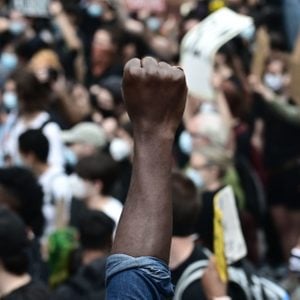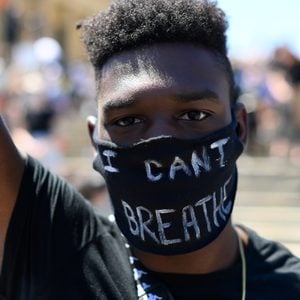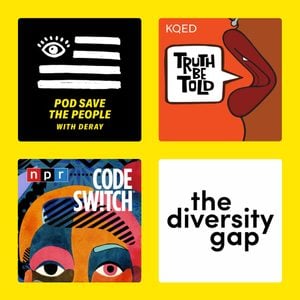30 Statistics That Show the Undeniable Reality of Structural Racism in America
Updated: Nov. 25, 2022
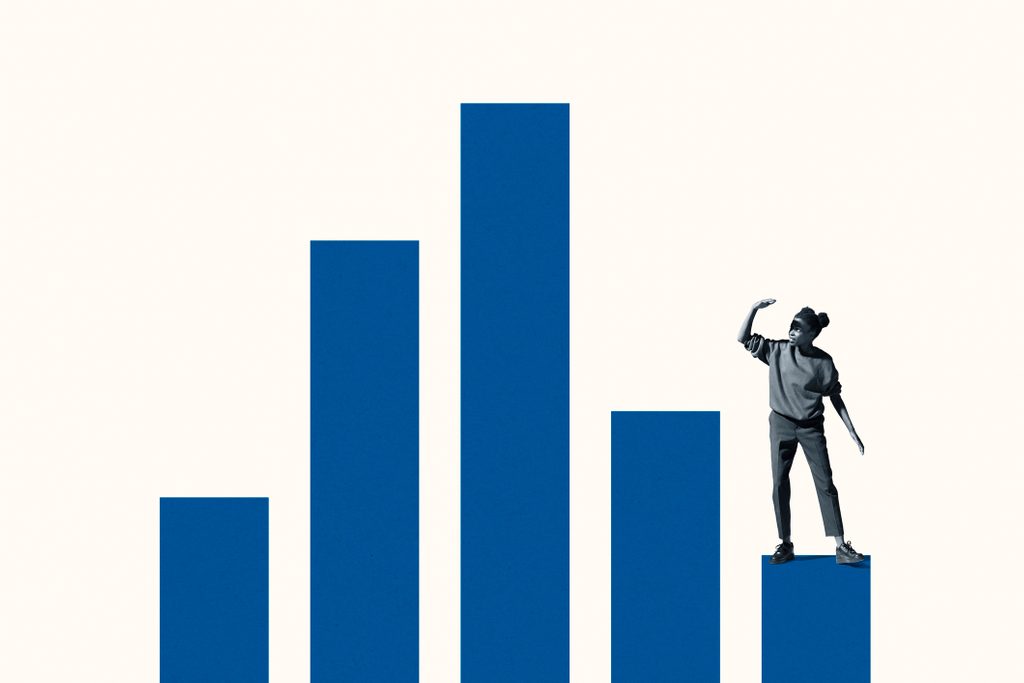
Want proof that racism infiltrates every level of American society? Easy. Just look at the numbers.
Sadly, structural racism, or institutionalized racism, is linked to almost every aspect of American life. It can be found in healthcare and the current COVID-19 crisis. Politics and political power. Education. Housing. The criminal justice system. The ugly ideology hurts Black people and other minority groups from sea to shining sea. If you don’t see racism, just look a little harder: it might seem invisible, but it’s insidious and provable. Here are 30 eye-opening statistics that may convince you to start fighting racism on a daily basis and recognize the reality of structural racism in America.
COVID-19
COVID-19 is now the third-largest killer of Americans, behind heart disease and cancer. Those numbers’ racial breakdown paints an even uglier picture and hints at long-standing socioeconomic-fueled disparities in healthcare for racial and ethnic minority groups.
1. According to The Centers for Disease Control and Prevention (CDC), 391,814 known pediatric cases of COVID-19 have been documented between February and July. Of the 121 deaths, more than 75 percent have been either Hispanic, Black, or Native American.
2. That sobering stat for pediatrics is mirrored by an adult one. For every 100,000 Black Americans, 97.9 have perished from COVID. “Black Americans continue to experience the highest actual COVID-19 mortality rates nationwide—more than twice as high as the rate for Whites and Asians, who have the lowest actual rates,” reads a statement from APM Research Lab.
3. Even amid a runaway pandemic, White people still have a longer life expectancy than Black people did in pre-pandemic times, according to a recent study out of the University of Minnesota that was published in the Proceedings of the National Academy of Sciences (PNAS).
4. More COVID-racial disparities exist for Black Americans on Medicare, who are hospitalized at four times the rate of their White counterparts.
Healthcare
Long before coronavirus infiltrated America, Black people and other minorities have experienced poorer health outcomes in healthcare settings. In 2002, the Institute of Medicine released “Unequal Treatment,” a bombshell report detailing racial and ethnic healthcare disparities. Two decades later, racial disparities, sadly, remain.
5. According to the CDC, when a Black mother gives birth, she is four to five times more likely to die from a pregnancy-related death within a year of the event. Native American and Alaska-Native women also have a two to three times higher maternal mortality rate than White women.
6. Black infants also have more than twice the infant mortality rate of White infants.
7. Black pain—even a Black person’s acute chest pain—is not taken as seriously as White chest pain in a clinical setting. Researchers studied the responses of 287 emergency medicine residents. They discovered their racial bias towards Black patients negatively affected their proposed treatment of thrombolysis, or the treatment to dissolve blood clots, which improves blood flow through blood vessels.
8. While Black people are 60 percent more likely to have diabetes than White people, according to the U.S. Department of Health and Human Services Office of Minority Health, they are less likely than their White counterparts to have it under control.
9. There are also disturbing disparities in diagnosis and disease management between White people and Black people with hypertension and asthma.
10. Part of the problem is the lack of diversity, particularly for healthcare workers like doctors. According to the Association of American Medical Colleges (AAMC), while 21,869 new enrollees began the 2019 school year, only 1,916 were Black or African American.
11. That lack of representation also echoed hospital executive C-suites, where important policies and procedures that can have a trickle-down effect on minority patients are often created. In 2015, the American Hospital Association launched the #123forEquity initiative, which asked signees at 1,500 out of 5,000 hospitals to increase diversity in leadership roles. How did the AHA’s Institute for Diversity and Health Equity do with that? Unfortunately, not much has changed, according to its 2015 Benchmarking Survey.
12. Healthcare settings are also rife with clinical racial bias, or the prejudice present on a clinician’s behalf when they have a patient interaction. About half of White medical students and first-year residents reported that they believed Black people have thicker skin, experience less pain, and have blood that clots more quickly than White people, according to a jaw-dropping 2016 study published in the Proceedings of the National Academies of Sciences.
Politics and political power
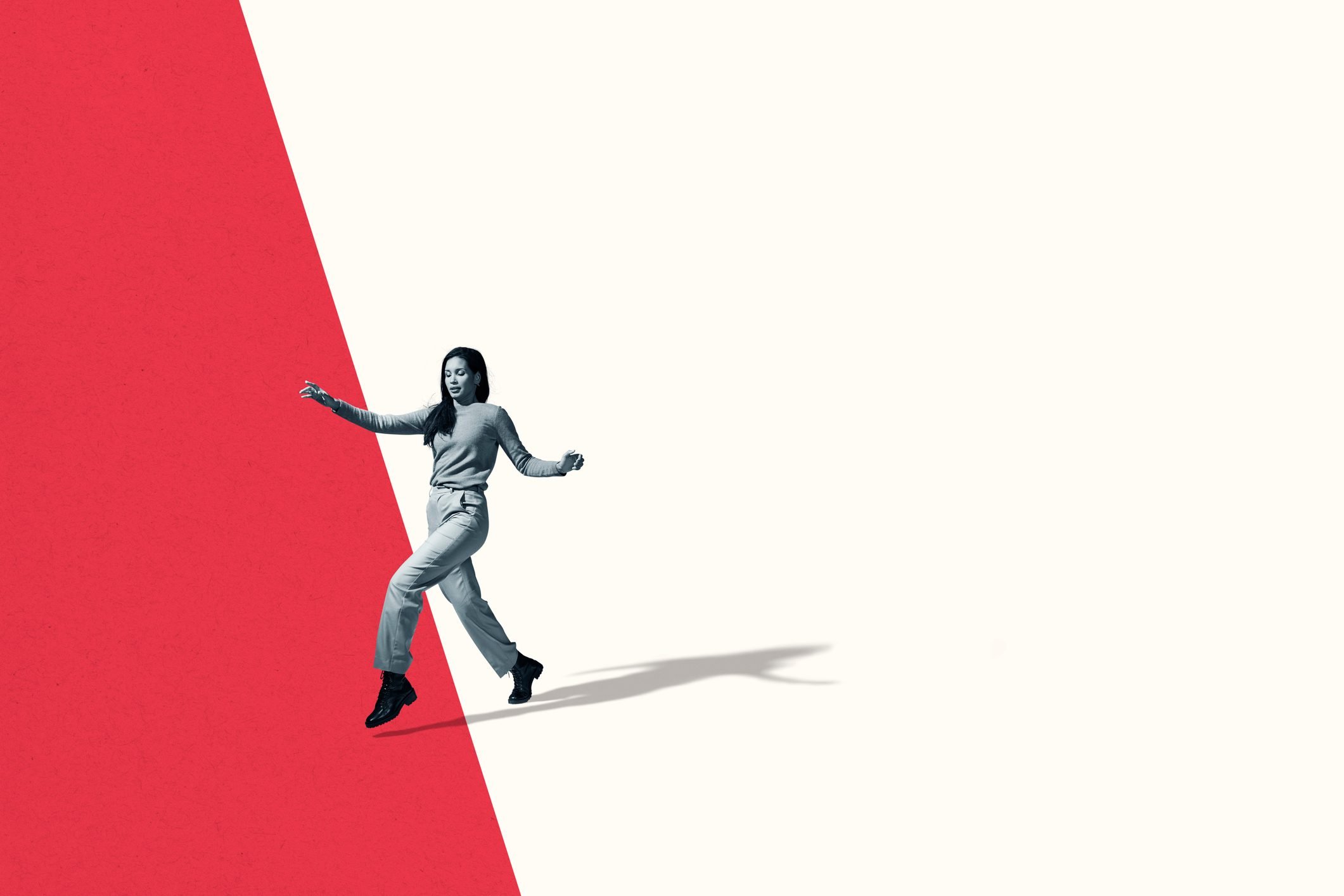
Although we currently have the most ethnically diverse House of Representatives and Senate to date, people of color still have a long way to achieve equality when it comes to representation.
13. There are 535 Members of Congress, but White people disproportionately comprise 79 percent of congresspeople and senators. Since 1870, only 162 Black people have held a congressional seat, according to EveryCRSReport.com. The lack of diverse representation means fewer minority voices advocating for minorities and the laws that could benefit them.
14. After denying that systemic racism exists, and amid mounting racial tension, President Donald Trump recently banned racial sensitivity training across federal agencies. That includes the CDC, where, in July, 1,200 employees signed an anonymous petition calling for the agency to address “ongoing and recurring acts of racism and discrimination” against Black employees.
15. As the nation barrels toward a nail-biting election, there is increased scrutiny about the efficacy and slavery-era origins of the electoral college as well as the dependability of mail-in ballots. There are also worries about in-person voting. If what happened in Milwaukee during April 7 elections is any indication, people of color are in for scarce polling places and hours-long lines. The city has two-thirds of Wisconsin’s Black population, but only had five polls operating that day, down from the usual 180. Meanwhile, in nearby Madison, where only 6 percent of the population is Black, there were 66 open polling sites.
16. That’s not the only evidence of voter suppression of people of color en masse. In a 2018 report, The Federal Commission on Civil Rights called out 23 states for their discriminatory voter laws. North Carolina was on the list: In 2013 and again in 2018, the state tried to enact voter-ID laws, which would deny registered voters the chance to vote if they didn’t carry an approved ID. Still, a judge struck it down, claiming it would “likely will have a negative impact on African Americans because they lack acceptable IDs at a greater rate than White voters.”
Education
On May 17, 1954, the Supreme Court ruled that the segregation of public schools is unconstitutional. Today you may not know it, looking at the lack of diversity in some classrooms. That’s bad news for Black students, say economists, who studied the matter and found Black people who attended integrated schools fared better academically.
17. Some 66 years after that Brown vs. Board of Education ruling, Black numbers in majority-White schools hover around 23 percent. That was the same percentage in 1968.
18. In New York City, the elite Stuyvesant High School grabbed national attention when it was revealed that their incoming 2019 freshman class only had seven Black students accepted out of 952 offers. That’s two fewer than the year prior.
19. Not only are classrooms not as diverse as they need to be, but there is also the cruel reality of teachers’ racial biases. According to a sobering study from Johns Hopkins University, it was found that when Black and White teachers evaluated the same Black student, the White teacher was about 30 percent less likely to predict the student will complete a four-year college degree. White teachers are also almost 40 percent less likely to expect their Black students will graduate high school.
20. That bias can also manifest in a disproportionate amount of disciplinary action against young Black bodies. There is a shocking disparity present as early as pre-school. During the 2015-2016 school year, 44.3 percent of toddlers who received an out-of-school suspension were Black, according to the U.S. Department of Education Office for Civil Rights (OCR). White toddlers were suspended at half that rate, 28.2 percent.
21. Although public schools are commonly filled with Hispanic and Black students, they make up a minority of pupils placed in gifted programs. In 2016, and according to the OCR, out of 3.2 million students, Black children only made up a paltry 8.5 percent of the enrollment in gifted programs nationwide. Hispanic children made up 18 percent. Native American children made up less than 1 percent. Meanwhile, White children made up 58 percent.
Housing and real estate
Owning real estate in America plays a significant part in wealth attainment. But for people of color, scoring that first home can feel like a faraway dream thanks to a wide wage gap and unfair policies.
22. In the first quarter of 2020, only 44 percent of Black people owned a home, compared to 73 percent of White people. Minneapolis has the widest housing gap nationwide, where a mere 25 percent of Black people own homes versus 76 percent of White people.
23. In 1968, The Fair Housing Act was passed, outlawing the practices of steering—or when real estate professionals channel customers to or away from an area based on their race—and redlining, the act of a lender denying an applicant a mortgage based on their race or on the racial makeup on the area they want to buy into. However, evidence exists of both discriminatory practices continuing. In 2019, Newsday based in Long Island, New York, unveiled a three-year-long investigation that found real estate agents unfairly treated 49 percent of Black customers.
24. The Newsday investigation revealed that real estate agents were also guilty of “steering” the same set of Black people away from White suburban neighborhoods.
25. Even more discrimination abound when in 2012, the U.S. Department of Housing and Urban Development studied 28 metropolitan areas and discovered that Black, Hispanic, and Asian people were told about and shown fewer units when hunting for a rental.
Criminal justice system
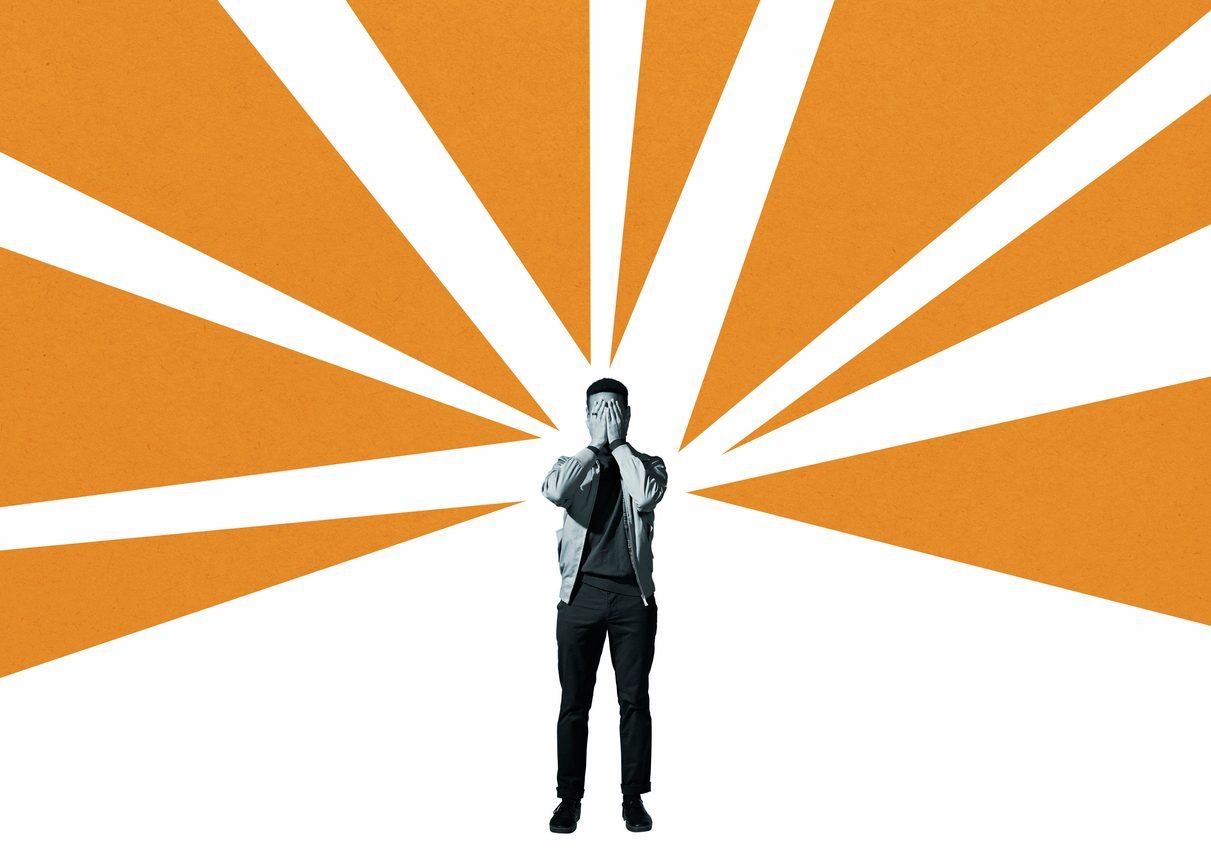
Decades of simmering racial tensions boiled over after the world watched in horror as four Minneapolis police officers knelt on, and suffocated George Floyd. Many criticized police for consistently using excessive, and, at times, fatal force when interacting with BIPOC. But police are just a part of the pie. There are also disparities to be found in the courtrooms and prisons.
26. Despite dozens of BIPOC being reduced to hashtags, in a 2017 Pew Research Center survey of nearly 8,000 sworn police officers, 92 percent believed that America “has made the changes needed to give Blacks equal rights with whites.”
27. A 2018 PNAS study found that police-use-of-force is the sixth leading cause of death for Black men, following cancer, heart disease, and suicide.
28. That same study found that Black men are 2.5 times more likely to die at police hands than White men.
29. For those who survive that initial police interaction, there’s the grim reality of mass incarceration. Although Black incarceration dropped 34 percent since 2006, Black people, mainly Black men, still make up the prison populace’s lion share with 797 per 100,000 Black inmates. That’s five times the second-largest racial group of Hispanic people, who are imprisoned at a rate of 268 per 100,000.
30. Once Black people are behind bars, they’re likely to serve longer sentences. A 2018 Harvard study spanned 15 years of research on 500,000 defendants under 1,400 judges. It found judges appointed under Republican presidents handed out longer sentences to Black people than non-Black people by about three months for similar offenses.
Ready to learn more about structural racism and race relations? Start with these 15 essential books for understanding race in America.
For more on this important issue, see our guide to the Fight Against Racism.
Sources:
- PNAS: “US racial inequality may be as deadly as COVID-19”
- Journal of General Internal Medicine: “Implicit Bias among Physicians and its Prediction of Thrombolysis Decisions for Black and White Patients”
- AHA’s Institute for Diversity and Health Equity: “Diversity and Disparity”
- PNAS: “Racial bias in pain assessment and treatment recommendations, and false beliefs about biological differences between blacks and whites”
- ScienceDirect: “Who believes in me? The effect of student–teacher demographic match on teacher expectations”
- Pew Research Center: “Black and white officers see many key aspects of policing differently”
- PNAS: “Risk of being killed by police use of force in the United States by age, race–ethnicity, and sex”
- Harvard University: “Judicial Politics and Sentencing Decisions”

